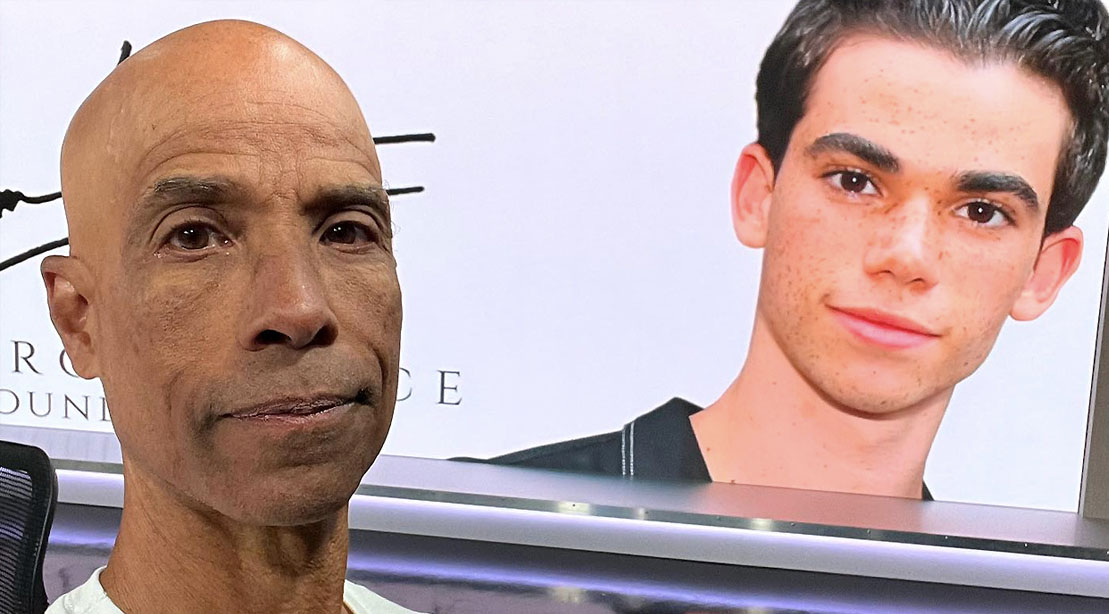Health Care
How Does B-Cell Therapy Work for Multiple Sclerosis?
In the end, her neurologist prescribed rituximab. It’s a type of B-cell therapy, which gets its name because it targets the B cells that cause nerve damage when you have MS.
Binns, a 69-year-old nurse who works with MS patients in Wakefield, RI, says she has far fewer side effects than she did with the interferon medication. After a year and half on rituximab, she noticed improvements in her left-sided weakness, thinking problems, fatigue, and hand tremors. All are minimal now. The only side effect she had from rituximab was itching, which she controls with an antihistamine.
“There’s a lot of discussion in the MS community about the fact that people can live far more normal lives with a less intrusive therapeutic regimen,” she says.
Kelly Eichman, 40, had tried four other disease-modifying drugs since being diagnosed with relapsing-remitting MS in 2009. Then she started B-cell therapy with a B-cell therapy drug called ocrelizumab.
“Although I have only recently begun the biannual treatments, I am tempted to call it my ‘miracle drug,’ as I have not felt healthier since years before my MS diagnosis,” says Eichman, who is from southeast Minnesota.
How B-Cell Therapies Work
This therapy uses drugs called monoclonal antibodies to attack your body’s B cells. These white blood cells normally work to support your immune system. But when you have MS, they can harm nerves in your brain and spinal cord.
By destroying these cells, B-cell therapy keeps your MS from getting worse. It’s effective against relapsing forms of MS, the type where you have flare-ups from time to time, followed by periods of no symptoms. It also works to slow down primary progressive MS. That’s the type that gradually gets worse over time.
B-cell therapies can’t cure MS. But by slowing it down and preventing relapses, they can reduce disability and improve quality of life.
What B-Cell Therapies Are Available?
The FDA has approved these B-cell therapies for MS:
- Ocrelizumab (Ocrevus). You get this through an IV at a hospital or doctor’s office. It’s used for relapsing types of MS as well as primary progressive MS.
- Ofatumumab (Kesimpta). You or someone else can give you this drug at home using a prefilled autoinjector pen. It’s used for relapsing MS and secondary progressive MS (in which you have relapses, but your condition still gets worse over time).
- Ublituximab-xiiy (Briumvi). It is the first anti-CD20 monoclonal antibody for the treatment of relapsing multiple sclerosis (RMS), including clinically isolated syndrome, relapsing-remitting disease, and active secondary progressive disease, in adults. The first dose is taken by IV in 4 hours, followed by an infusion for 1 hour on day 15. Afterward, the drug is administered every 24 weeks.
Doctors also use rituximab (Rituxan) to treat MS. It’s mostly prescribed for blood cancers like non-Hodgkin’s lymphoma. It’s not yet FDA-approved to treat MS but is often used “off label” for that purpose. You take this medication through an IV at your doctor’s office.
Who Gets B-Cell Therapy?
B-cell therapy may not be the first MS treatment you try. Some doctors start with more traditional MS therapies, like interferon, says Ben Thrower, MD, medical director of the Andrew C. Carlos MS Institute at the Shepherd Center in Atlanta. Interferons work with your immune system to reduce inflammation.
Thrower says he tends to prefer more effective options, such as B-cell therapies, for people who’ve just been diagnosed. “I believe that being more aggressive at the onset makes the most sense,” to help people live their lives fully functional for as long as possible, he says.
But, he says, you must balance these benefits with a higher potential for side effects.
Possible side effects of B-cell therapy drugs include:
- Allergic reactions
- Reactions where you get the shot or IV
- A higher risk of infections, such as colds and skin infections
- Headaches
Some research has found that ocrelizumab may also increase your risk for certain types of cancer, including breast cancer. Ofatumumab has been linked to a rare and serious brain infection.
“B-cell therapies are excellent at reducing brain lesions and preventing relapses,” says Bermel, who is on staff at the Neurological Institute’s Mellen Center for Multiple Sclerosis at the Cleveland Clinic in Ohio.
What Are the Drawbacks?
Still, B-cell therapy isn’t for everyone. Your doctor will need to check your immunoglobulin levels, which measure how your immune system is working, before you start it. People with chronic infections like hepatitis B and C or tuberculosis can’t get B-cell therapy, Bermel says.
These drugs can also be very expensive. Before starting one, check with your insurance company to see what’s covered. In some situations, B-cell therapy may cost less than interferon. That was the case for Binns when she switched from private insurance to Medicare.
B-cell therapy prices may come down in the future, though. Researchers are developing biosimilars (a nearly identical copy of a drug) to rituximab. That’s key to driving down the cost, Thrower says.
Patients’ Viewpoint
Years after her diagnosis in 1994, Binns says she became an advocate when she heard Thrower giving talks about newer treatments like B-cell therapies.
She now has a port in her chest, which gives her veins a break from needles. She has an IV every 6 months, which takes a few hours. She’s able to drive herself there and home, instead of having to get find someone to take her.
For Eichman, B-cell therapy meant that MRI scans show no new lesions on her brain. Lesions affect how the brain functions. They cause problems ranging from memory lapses to speech difficulties, such as slurring words.
Binns notes that if you’re considering B-cell therapy, you should make sure you’re up to date on your vaccinations.
She’s had three doses of the COVID-19 vaccine, and her body is not yet producing any protective antibodies against the coronavirus. So she wears a mask and encourages others to do so.
“Once you’ve gotten B-cell therapy, it could be potentially 6 months to a year before your blood cells repopulate and you can build antibodies,” she says. Before starting treatment, ask your doctors what vaccines you should have and how far before your treatment starts should you get them.
Thrower says his practice encourages patients to take part in treatment decisions.
“We put all of the information and our preferences on the table, and then see how that matches up with the person wants,” he says.
Related Posts
- What Are the Long-Term Effects of B-Cell Therapy for MS?
When you have multiple sclerosis (MS), your immune system works against you. Left unchecked, immune…
- Advances in A number of Sclerosis Therapy
By Bruce A. Cohen, MD, as advised to Keri Wiginton We all know a lot extra…
- Clinics Peddle Unproven Stem Cell Therapy for Lengthy COVID
Oct. 26, 2023 – Firms advertising and marketing costly and unproven stem cell therapies are…

















